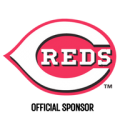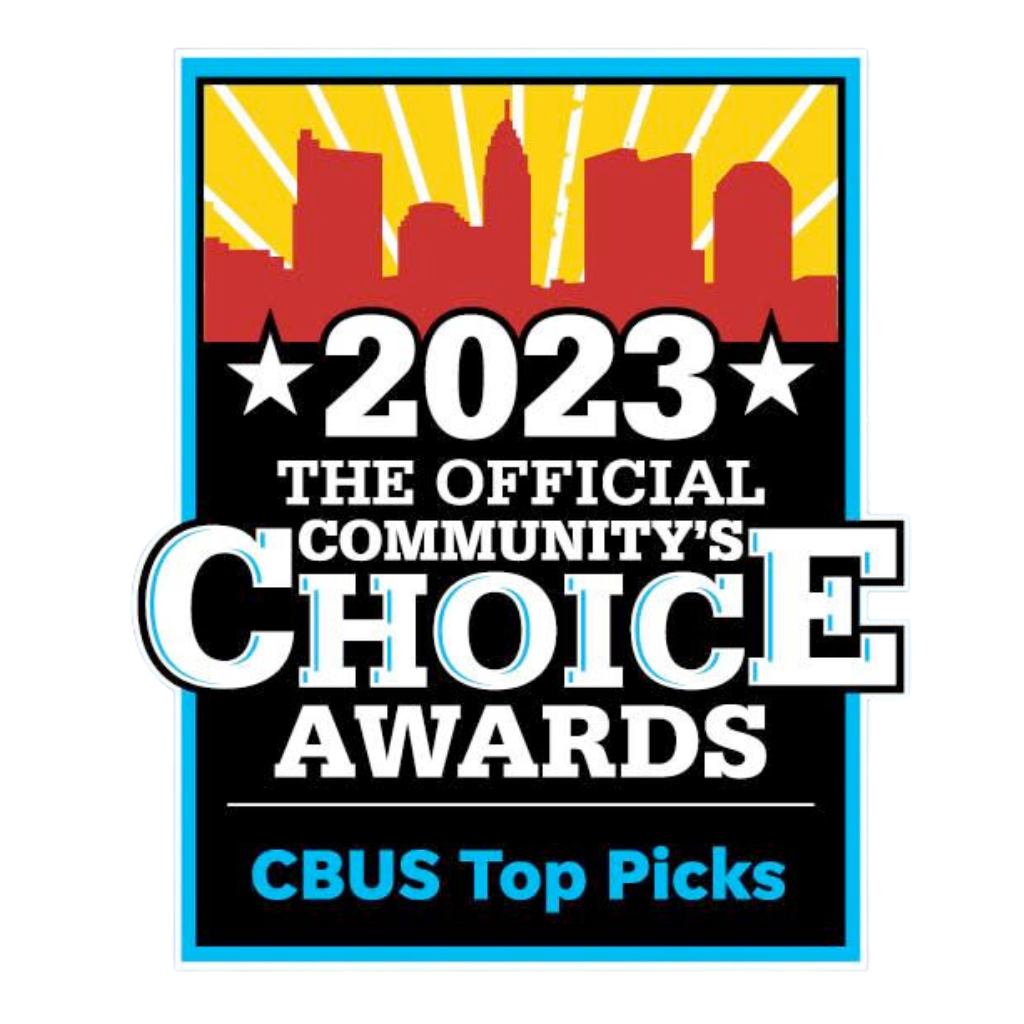Heat pumps have become an increasingly popular system for heating and cooling homes. With their energy efficiency and versatility, heat pumps provide an effective way to keep a home at a comfortable temperature year-round. To get the most out of a heat pump system, it’s important to understand the key parts and how they work together. Keep reading and we will examine the critical components of heat pump systems and their functionality.
What is a Heat Pump?
A heat pump is an electrical system that transfers heat energy between two areas. It works by moving refrigerant between an indoor and outdoor coil, using pressure changes caused by a compressor. In the heating mode, the outdoor coil absorbs heat from the air or ground while the indoor coil releases the collected heat into the home. The cycle reverses in the cooling mode, taking heat from indoors and moving it outside.
Heat pumps are much more energy efficient than traditional heating and cooling systems because they simply move existing heat rather than having to generate it through combustion. This makes them an eco-friendly and cost-effective option. Heat pumps can reduce energy usage for heating by up to 50% compared to conventional electric resistance heating.
The technology behind heat pumps has been around for over 60 years, with the first systems introduced in the 1950s. However, major advances in heat pump technology have been made in recent decades. Today’s heat pumps are highly efficient and capable of providing 100% of a home’s year-round heating and cooling needs, even in colder climates.
Modern variable-speed compressor heat pumps provide superior performance. By automatically adjusting the compressor speed based on demand, these systems maintain a more consistent temperature while optimizing efficiency across a wide range of outdoor conditions.
Ductless mini-split heat pumps have also grown greatly in popularity. These systems have an outdoor compressor unit connected to one or more sleek, compact indoor units mounted on walls or ceilings. Ductless units allow zone heating and cooling of specific rooms as desired.
Heat pump efficiencies are denoted by HSPF (Heating Seasonal Performance Factor) for heating efficiency and SEER (Seasonal Energy Efficiency Ratio) for cooling efficiency. Look for systems with high ratings, such as HSPF 10-12+ and SEER 15-20+, for optimal performance and energy savings.
When replacing an older, less efficient heating and cooling system, upgrading to a modern heat pump can reduce energy usage by 20-40%. Heat pumps also help reduce your carbon footprint. Their eco-friendly operation makes them a smart choice for sustainable homes.
Types of Heat Pumps
There are two main types of heat pump systems:
- Air-source heat pumps – These systems transfer heat between the home’s interior and the outside air. They are the most common type of heat pump.
- Geothermal heat pumps – Also known as ground-source heat pumps, these systems use pipes buried underground to transfer heat between the earth and the home. They are more efficient but have higher upfront costs.
Some other types of heat pumps include:
- Water source heat pumps – These systems use a nearby body of water as the heat source and sink instead of the outside air. They are common in lakeside or seaside homes.
- Ductless mini-split heat pumps – Mini-split systems have an outdoor compressor connected to one or more wall-mounted indoor units, without ductwork. They allow zoning of temperatures.
- Absorption heat pumps – Absorption heat pumps use a heat source like natural gas, propane, or solar panels rather than electricity to power the refrigerant-absorbing solution.
- Hybrid heat pumps – These systems combine air-source heat pump technology with a supplemental gas furnace for improved efficiency and performance.
- Packaged terminal heat pumps – All-in-one units designed for hotels, senior housing, and apartment buildings with vertical installation through the wall.
Within these types, there are split systems (with separated indoor and outdoor units) and packaged systems (with components in one cabinet). The variety of heat pump types provides climate control solutions for virtually any home or application.
Key Components of a Heat Pump System
While heat pump systems can vary in size and configuration, there are four main components that enable the heat transfer process:
The Evaporator Coil
The evaporator coil is responsible for absorbing heat into the refrigerant as it evaporates from a liquid to a gas. It acts as the heat collection point, gathering thermal energy to be moved elsewhere by the system. In heating mode, the evaporator coil is located outdoors; in cooling mode, it is located indoors.
The Compressor
The compressor is the “pump” in a heat pump system. It pressurizes the refrigerant gas after it leaves the evaporator coil, increasing its temperature. This prepares the refrigerant to release heat energy when it reaches the condenser coil. The compressor is powered by an electric motor and is the primary energy user in the system.
The Condenser Coil
While the evaporator coil collects heat energy, the condenser coil releases it. As the hot, pressurized refrigerant passes through the condenser coil, it condenses back into a liquid state, dissipating heat in the process. In heating mode, the indoor condenser coil distributes heat into the home; in cooling mode, the outdoor condenser releases heat to the exterior environment.
The Expansion Valve
The expansion valve is responsible for reducing the pressure of the liquid refrigerant after it leaves the condenser coil. By regulating refrigerant flow back to the evaporator, it allows the refrigerant to evaporate and begin absorbing heat energy once again. This repeating cycle is what drives the heat transfer process.
How The Heat Pump Cycle Works
Now that the key parts have been covered, it’s easier to understand the full cycle that enables a heat pump to move thermal energy:
- Liquid refrigerant in the evaporator coil absorbs heat from the air or ground, causing it to evaporate into a gas.
- The gaseous refrigerant is compressed to a higher pressure and temperature by the compressor.
- The hot refrigerant passes through the condenser coil and dissipates heat to the home or exterior air.
- The refrigerant condenses back to a liquid state and goes through the expansion valve.
- The expansion valve lowers the pressure and temperature before returning the refrigerant to the evaporator coil to start the cycle again.
By leveraging changes between liquid and gaseous states, heat pumps can collect unwanted heat and deliver it where needed. The direction of heat transfer is reversed between heating and cooling modes through a simple valve reversal.
Heat Pump Efficiency and Performance
Several factors affect the real-world efficiency and performance of a heat pump system. These include:
- Outside temperatures – Heat pump performance declines in extremely cold weather when there is a wider temperature difference between indoor and outdoor air. Additional electric resistance heat may be needed to supplement the heat pump.
- Home insulation – Well-insulated homes allow a heat pump system to operate more efficiently year-round. Lack of insulation can overwork the system.
- Equipment sizing – Heat pump systems must be properly sized for the home. Oversized units will cycle on and off frequently, reducing efficiency.
Regular maintenance is also key to preventing loss of performance over time. Overall, heat pumps work best when properly designed for the climate and heating/cooling needs of the home. Their advanced technology delivers efficient all-season comfort.
Heat Pump Maintenance Tips
To ensure reliable operation and optimal efficiency, heat pumps require some periodic maintenance:
- Inspect and replace air filters as needed, about every 1-3 months. Dirty filters reduce airflow.
- Clean debris from outdoor unit coils and straighten any bent fins. This allows proper airflow.
- Trim back vegetation and clear snow around outdoor units in winter. Proper airflow is key.
- Have a professional technician perform annual check-ups and refrigerant recharging if needed. This maximizes performance.
- Monitor for abnormal noise, freezing coils, or loss of efficiency. Call a technician for repairs if issues arise.
- Watch for signs of a bad capacitor.
With proper installation, sizing, and regular upkeep, a heat pump system can deliver many years of energy savings and all-season comfort and reliability.
Understanding the key components and functionality of heat pump systems provides a helpful overview of this versatile heating and cooling technology. Taking advantage of the energy-saving potential of heat pumps, while properly maintaining the equipment, can yield lower utility bills and reliable comfort year after year. With their advanced yet straightforward operation, heat pumps will continue growing in popularity as an eco-friendly approach to all-season climate control.
Frequently Asked Questions about Heat Pumps
What is the difference between a heat pump and an air conditioner?
While heat pumps and AC units have some similarities, a key difference is that heat pumps can provide both heating and cooling from a single system. Air conditioners only provide cooling.
Is a heat pump cheaper to run than electric heat?
Yes, heat pumps are significantly more energy efficient than electric resistance heating. You can expect to reduce heating costs by up to 50% by switching to a heat pump.
How cold of temperatures can a heat pump work in?
Most heat pumps can provide effective heating down to ambient temperatures of about 5-15°F before needing supplemental electric heat. Geothermal heat pumps can work in even colder temps below zero.





















